7 Best Data Warehousing Tools for Efficient Data Storage Needs
ProjectPro
JUNE 6, 2025
The critical question is: what exactly are these data warehousing tools, and how many different types are available? This article will explore the top seven data warehousing tools that simplify the complexities of data storage, making it more efficient and accessible. Table of Contents What are Data Warehousing Tools?


















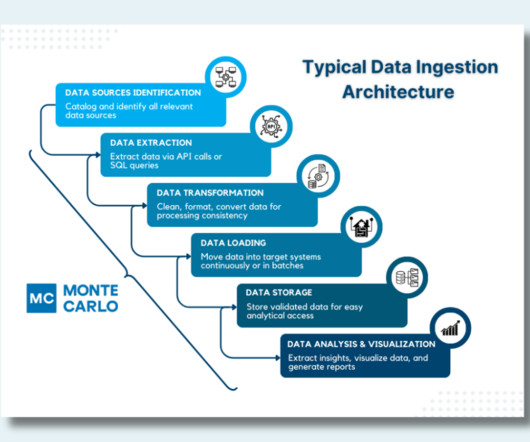



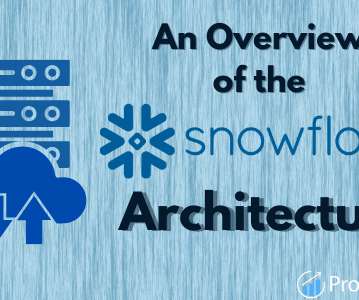




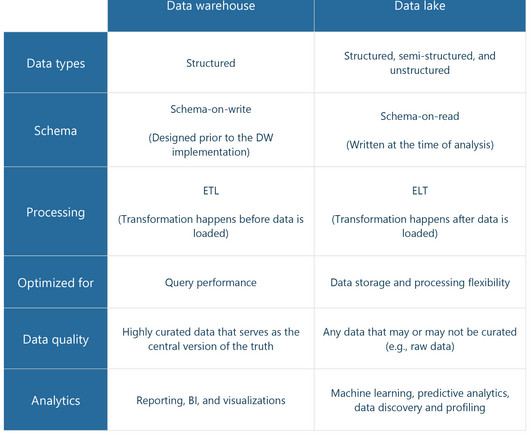
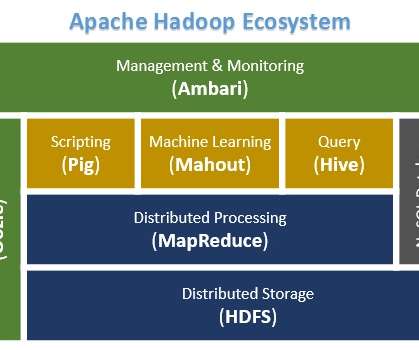




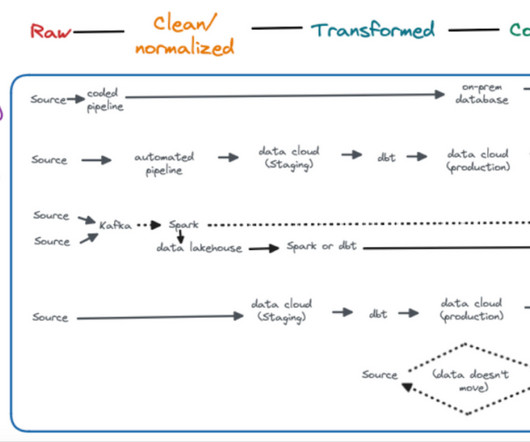






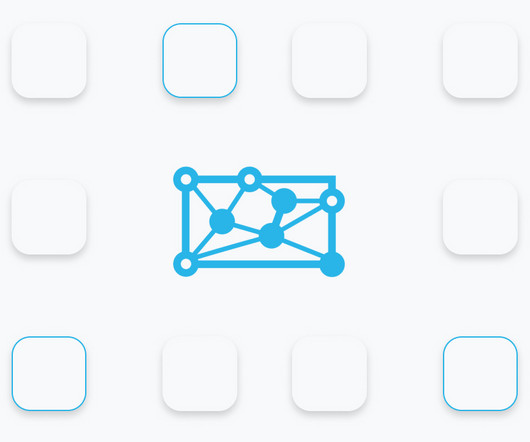






Let's personalize your content